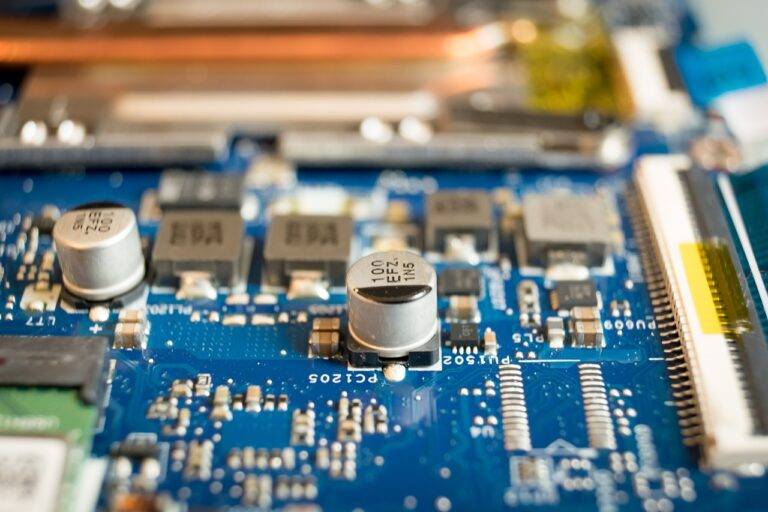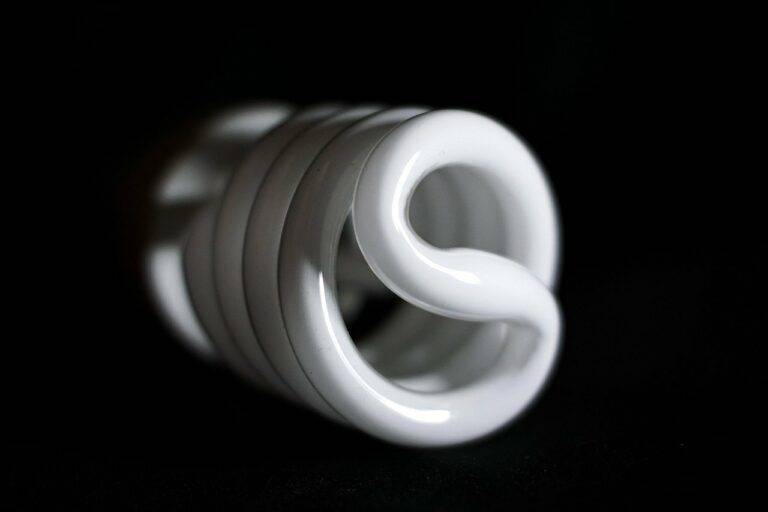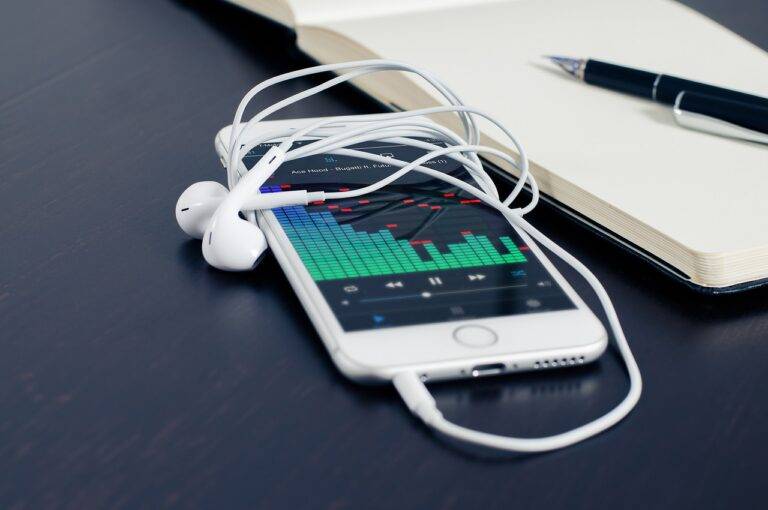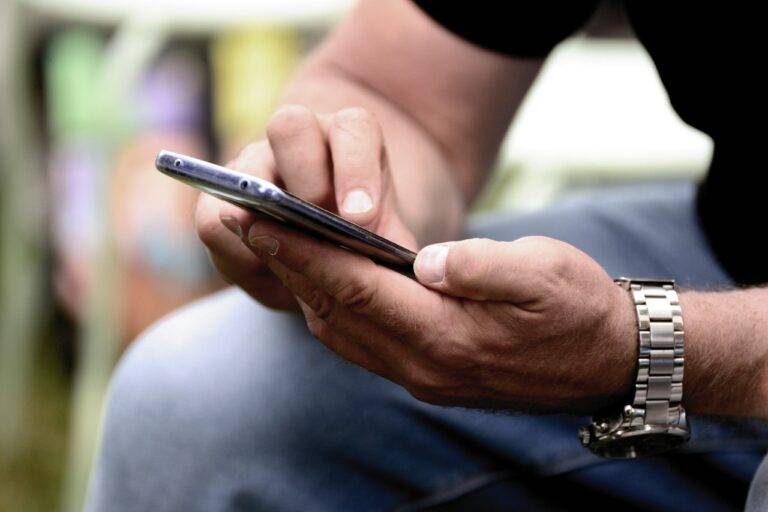The Future of Healthcare: Remote Monitoring Devices for Chronic Disease Management
Remote monitoring devices play a crucial role in the management of chronic diseases by providing healthcare professionals with real-time data on patients’ health status. These devices allow for continuous monitoring of vital signs and symptoms, enabling early detection of any changes or worsening of the condition. This proactive approach to healthcare not only helps in preventing complications but also allows for timely interventions, leading to better outcomes for patients with chronic diseases.
Furthermore, remote monitoring devices empower patients to take a more active role in managing their health. By having access to their own health data and receiving feedback from healthcare providers, patients are better equipped to make informed decisions about their lifestyle choices and treatment plans. This increased sense of control and engagement can lead to improved adherence to medication regimens and recommendations, ultimately leading to better disease management and overall well-being for individuals living with chronic conditions.
Benefits of Remote Monitoring Devices for Patients with Chronic Conditions
Remote monitoring devices have revolutionized the way patients manage chronic conditions. These devices provide patients with real-time data about their health status, allowing for early detection of any potential issues. By incorporating these devices into their daily routine, patients can take a proactive approach to managing their condition and making informed decisions about their health.
Furthermore, remote monitoring devices help in reducing the number of hospital visits and emergency room trips for patients with chronic conditions. This not only saves time and money for the patients but also helps in optimizing healthcare resources for more critical cases. The convenience of monitoring vital signs and symptoms from the comfort of their homes gives patients a sense of control over their health, ultimately leading to better health outcomes.
Challenges and Barriers in Implementing Remote Monitoring Devices
While remote monitoring devices offer numerous benefits in managing chronic conditions, there are several challenges and barriers that hinder their successful implementation. One significant challenge is the issue of patient compliance and engagement. Despite the convenience and potential benefits of remote monitoring, some patients may struggle to consistently use the devices or adhere to the monitoring protocols, which can impact the effectiveness of the intervention.
Another barrier to implementing remote monitoring devices is the lack of standardized protocols and interoperability across different healthcare systems. Inconsistencies in data collection methods, integration with electronic health records, and communication between healthcare providers can create obstacles in the seamless adoption and utilization of remote monitoring technologies. Addressing these challenges will be crucial in maximizing the potential of remote monitoring devices in improving patient outcomes and enhancing chronic disease management.





